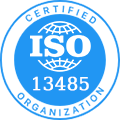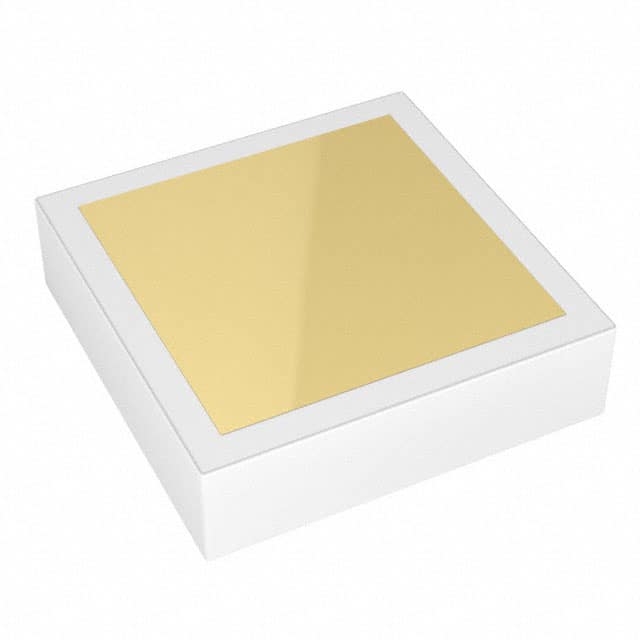Skyworks Solutions SI5395J-A11326-GMR
在庫: 975
MOQ: 1
2 つの価格帯
- メーカー品番 :SI5395J-A11326-GMR
- メーカーです :Skyworks Solutions
- Dasenic # :SI5395J-A11326-GMR-DS
- ドキュメント : SI5395J-A11326-GMR ドキュメント PDF
- 説明する : SINGLE PLL JITTER ATTENUATOR WIT
- パッケージ :-
- 単価: $90.8100合計: $90.81
| 数量 | 単価 | 節約 |
|---|---|---|
| 1-10 | $90.8100 | - |
| 11-1000 | $60.5400 | 33.3% 節約 |
コストと時間を節約するのに役立ちます。
厳格な品質検査と商品の信頼できるパッケージ。
時間を節約する高速で信頼性の高い配送。
365日間の保証アフターサービスを提供します。
Skyworks Solutions SI5395J-A11326-GMR 技術仕様、属性、パラメータ。
カテゴリ:Integrated Circuits (ICs)/Clock Generators, PLLs, Frequency Synthesizers
製品ステータス:Active
動作温度:-40°C ~ 85°C (TA)
取り付けタイプ:Surface Mount
パッケージ/ケース:64-TFLGA
タイプ:Clock Multiplier, Jitter Attenuator
サプライヤーデバイスパッケージ:64-LGA (9x9)
周波数 - 最大:1.028GHz
回路数:1
出力:CML, HCSL, LVCMOS, LVDS, LVPECL
電圧 - 供給:1.71V ~ 1.89V, 3.14V ~ 3.47V
PLL:Yes
入力:LVCMOS, Crystal
比率 - 入力:出力:4:12
差動 - 入力:出力:Yes/Yes
除算器/乗算器:Yes/No
モイスチャーレベル:3 (168 Hours,30°C/60%RH)
輸出規制分類番号:EAR99
HTS 米国:8542.39.0001
EU RoHS ステータス:RoHS Compliant
REACH規則:REACH is not affected
中国の RoHS ステータス:Green Symbol: Green and environmentally friendly product
SI5395J-A11326-GMR は Skyworks Solutions によって提供されています
Skyworks Solutions, Inc. は、ワイヤレス ネットワーキング革命を推進しています。当社の革新的なアナログおよびミックスド シグナル半導体は、航空宇宙、自動車、ブロードバンド、携帯電話インフラストラクチャ、コネクテッド ホーム、防衛、エンターテイメントおよびゲーム、工業、医療、スマートフォン、タブレット、ウェアラブル市場における数多くの新しい、これまで想像もできなかったアプリケーションで、人、場所、物を接続しています。Skyworks は、アジア、ヨーロッパ、北米にエンジニアリング、マーケティング、運用、販売、サポート施設を持つグローバル企業であり、S&P 500® 市場指数 (Nasdaq: SWKS) のメンバーです。Skyworks は、1962 年に設立された革新的な接続ソリューションの長年のリーダーです。
Skyworks Solutions 関連商品のおすすめ
評価とレビュー
Great Product
John D.
Excellent product quality and fast shipping service. Will definitely purchase again!
Good Experience
Sarah M.
Smooth transaction process and responsive customer support. Highly recommended!
Satisfied
Mike R.
Accurate product description and arrived earlier than expected.
製品を評価してください!
アカウントにログイン後、コメントを送信してください。






